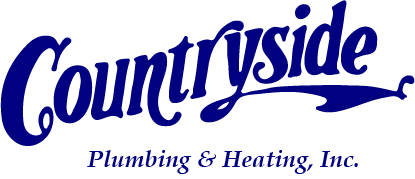How Long Does a Water Heater Last?
The water heater is one of the appliances in our homes that we often take for granted. You may not think twice about filling up a warm bath or washing dishes in the sink, but when your water starts to run cold, you may be wishing that you knew more about this often used appliance. The key to staying comfortable and using energy more efficiently in your home is to recognize when your water heater needs to be replaced. Below, we’ll talk more about how long water heaters last and what the warning signs are that yours may need to be replaced.
How long does a water heater last?
One of the questions that we get asked most often is – How long does a water heater last? The answer to this question will depend on what type of water heater you have, the quality of the unit, what condition it is in, and how well it has been maintained.
Typically, a traditional tank-style water heater will last about 8 to 12 years. When the anode rod starts to corrode in the tank, it no longer functions and will eventually cause the lining to start to corrode as well. On the other hand, a tankless water heater often lasts up to 20 years and sometimes even longer. These types of water heaters do not work continuously to maintain a hot water supply, so they last longer than those with tanks. However, eventually even tankless water heaters will start to corrode and need to be replaced.
If you just moved into your home or you have lost the documentation for the water heater, you may not know how old the appliance is. One way to find out is to take a look at the serial number located on the top of the water heater, which helps you get a clue as to when it was manufactured. The serial number consists of a letter followed by numbers. The letter usually stands for the month it was made (with “A” for January, “B” for February, etc.), and the next two numbers indicate the year. For example, “A11” would suggest that the water heater was made in January 2011.
Warning Signs Your Water Heater Needs to Be Replaced
Age is not the only way to determine if your water heater needs to be replaced. There are also a few warning signs that can indicate you need to get a replacement:
- Water around the water heater – Water pooling around the water heater may indicate that your tank has a leak. Tanks can begin to fracture as they age. As the metal heats, it expands these fractures, which will leak until the inner tank has cooled again.
- Rusty water – If you notice rusty water coming from the hot side of your water heater piping, this could indicate that your water heater is rusting inside. If your water heater is rusting, you will want to get this checked before it starts to leak.
- Rumbling or banging noises – If you start to hear rumbling or banging noises coming from inside of your water heater as it heats up, this may be a sign that you need a replacement. As the water heater gets older, sediment starts to build up on the bottom of the tank and it hardens over time as the sediment is heated and reheated.
Knowing the age of your water heater and looking out for signs that you need to replace the appliance will help you stay safe and comfortable and avoid any water heater emergencies. If you think that you may need a new water heater, call the plumbing experts at Countryside for an evaluation: (800) 542-4243.

